In the late 19th century, St. Ives was a vibrant, bustling seaside town. The mainstay of the local economy was its fishing industry, with the harbor teeming with boats returning with their daily catch. The town’s narrow streets echoed with the sounds of market vendors selling fresh fish, the cries of seagulls, and the chatter of townsfolk going about their daily business.
The Fishing Industry
The sea was the lifeblood of St. Ives. Every morning, fishermen would set sail in their boats, known as “luggers,” heading out into the Atlantic. These brave men would battle the waves, hauling in nets full of pilchards, mackerel, and herring. The women, known as ‘fishwives,’ played a significant role too. They were responsible for cleaning and preserving the fish, often using traditional methods of salting and smoking. The work was hard, but the sense of community was strong.
The Arrival of the Railways
A significant turning point for St. Ives came in 1877 with the arrival of the Great Western Railway. Suddenly, this secluded coastal town was connected to the rest of England, and it wasn’t long before tourists began to discover its charms. The town quickly became a popular destination for holidaymakers, drawn by the beautiful beaches, the fresh sea air, and the charm of the traditional Cornish lifestyle.
The Birth of an Art Colony
St. Ives didn’t just attract tourists; it also became a magnet for artists. The unique quality of light, the rugged coastal landscapes, and the simple beauty of the town itself lured painters from all over the country. By the late 19th century, an art colony had formed in St. Ives, putting it firmly on the map as a center for the arts. Renowned painters like Julius Olsson and Louis Grier were among the many artists who set up their studios in the town, capturing the life and landscapes of St. Ives in their works.
By the close of the 19th century, St. Ives had transformed from a humble fishing village into a thriving tourist destination and artistic hub. Yet, despite the changes, it managed to retain its unique charm and character. It was a town that had successfully straddled the old and the new, creating a rich tapestry of life that continues to enchant visitors to this day.
Below are some fascinating historical photos of St. Ives from the late 19th Century.


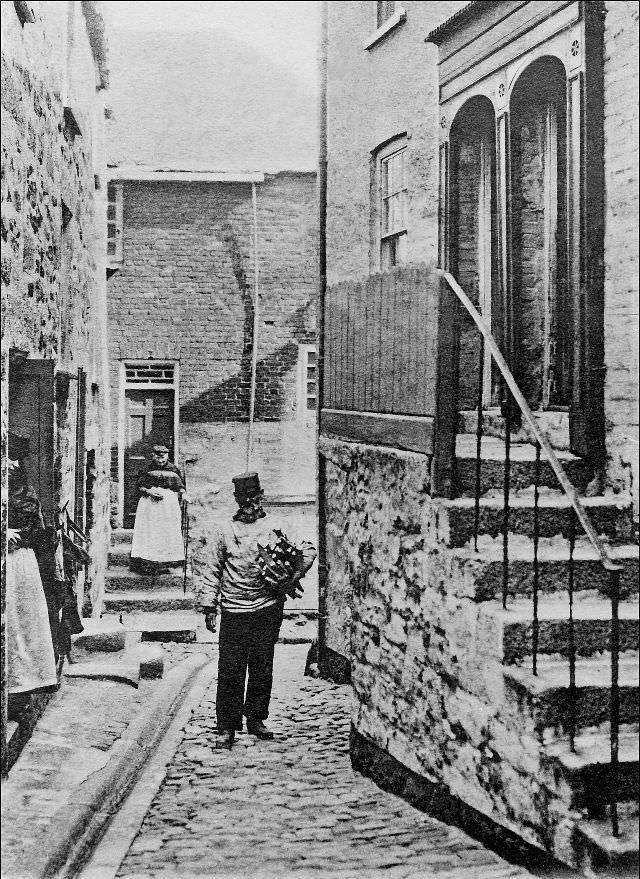
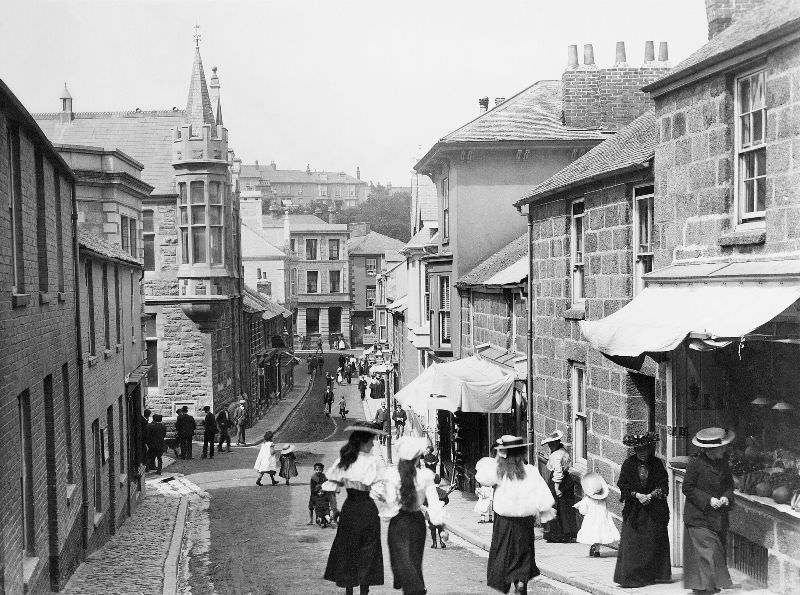
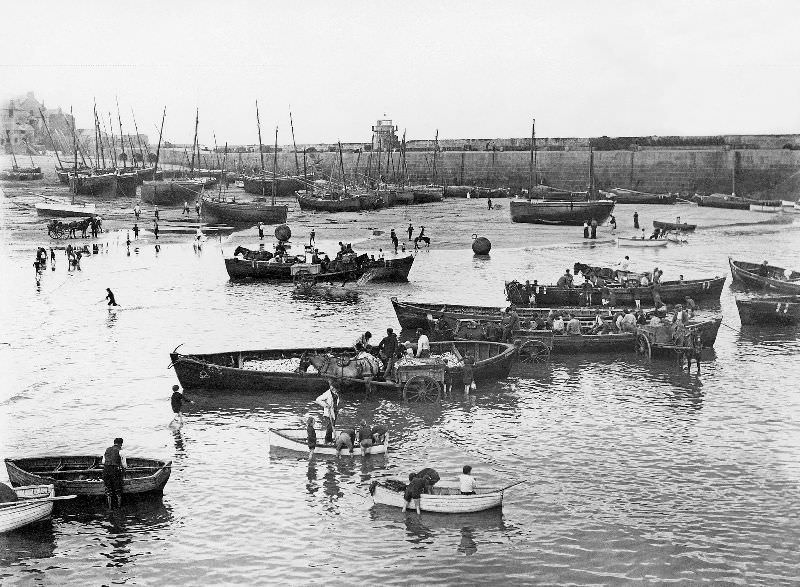
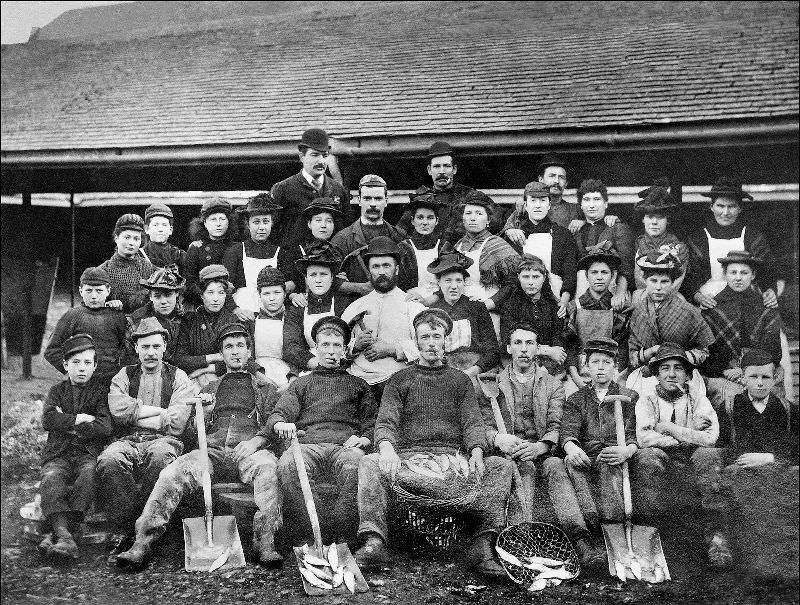
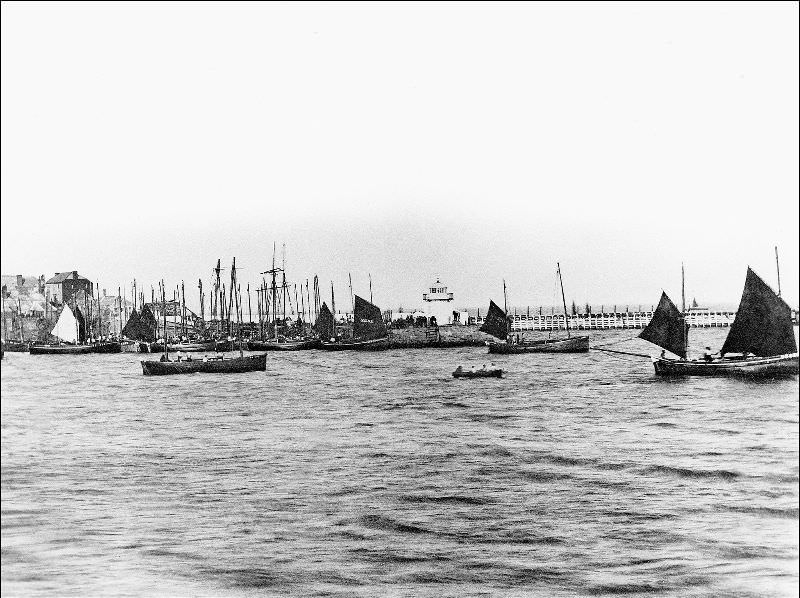
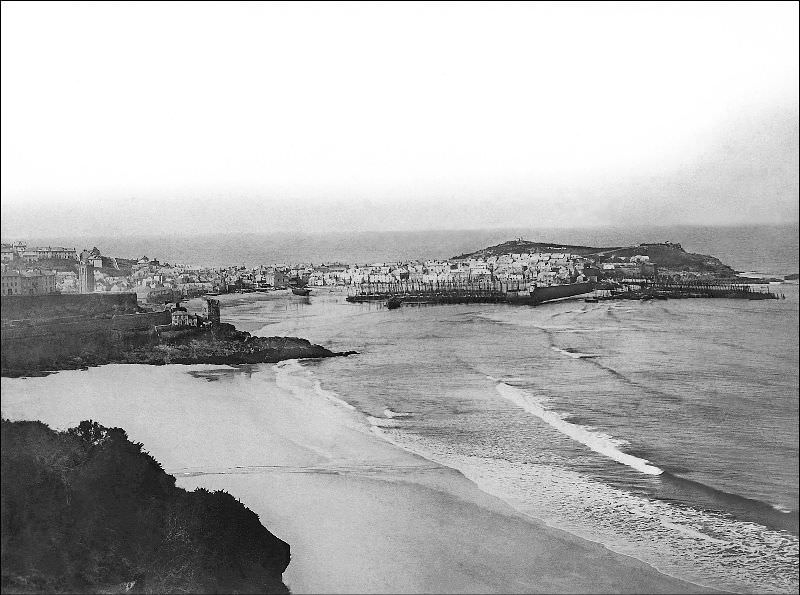
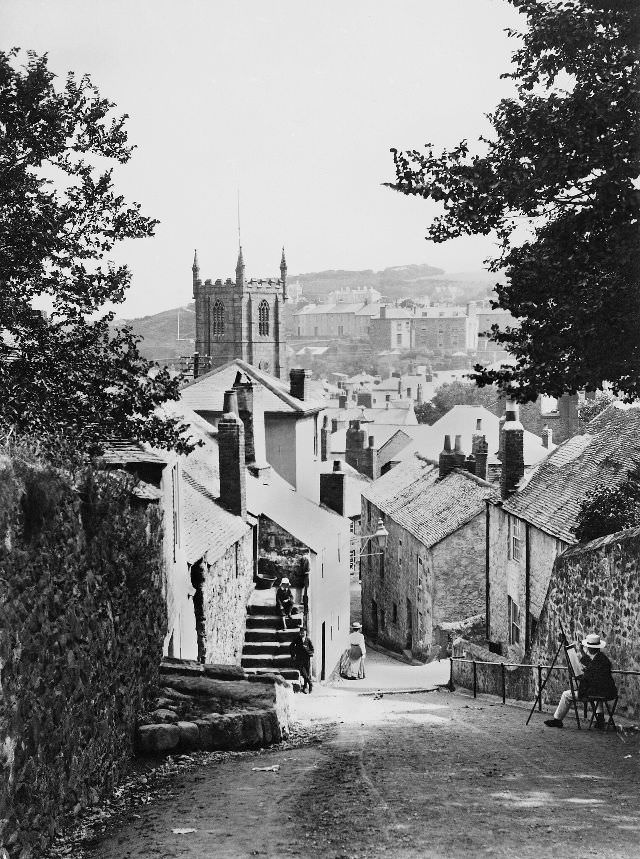
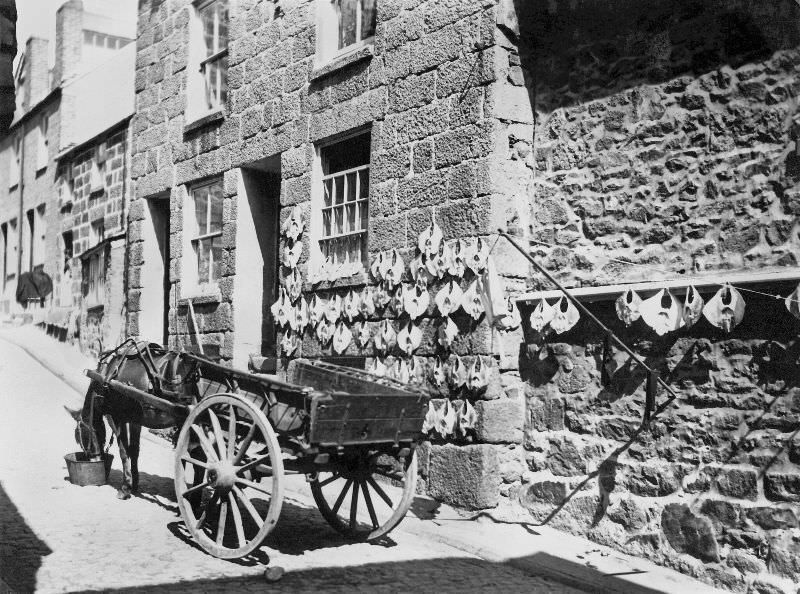
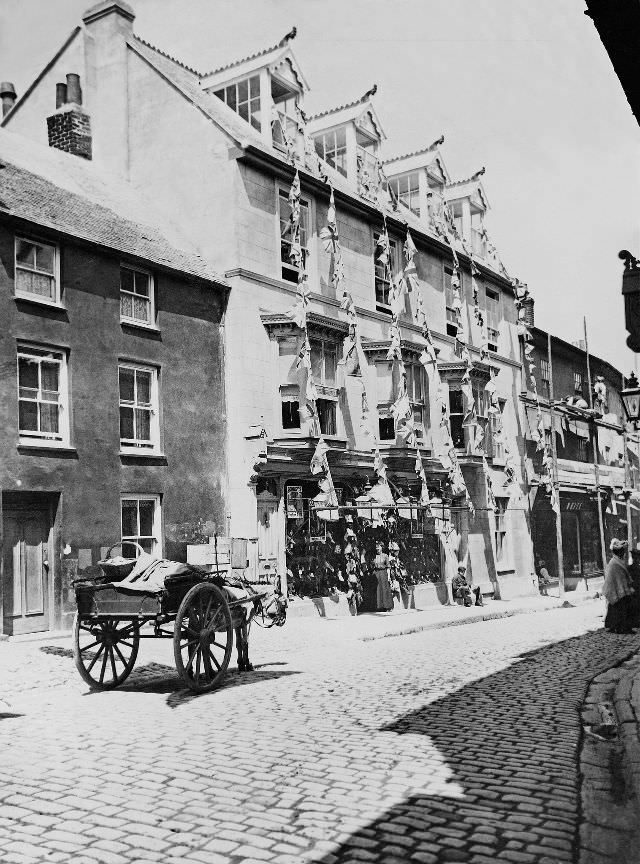
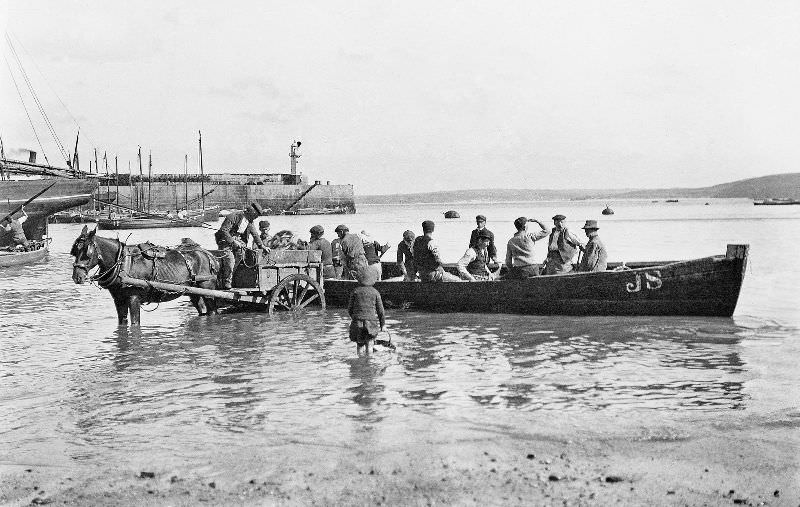
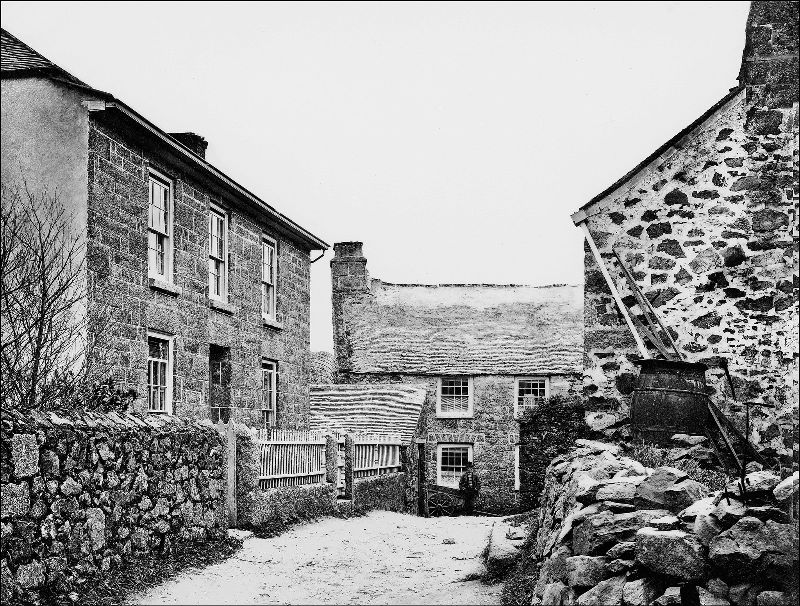
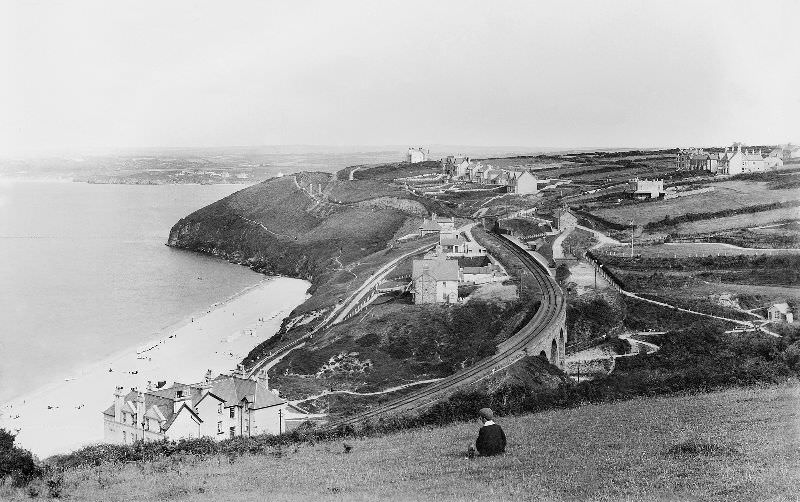
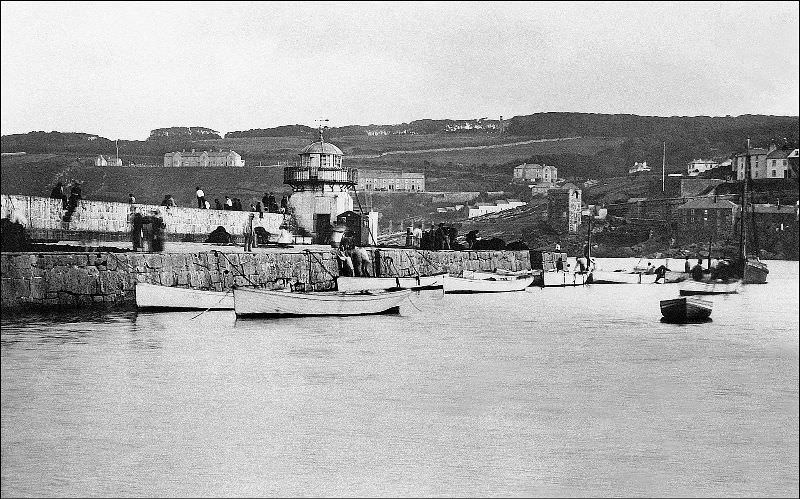
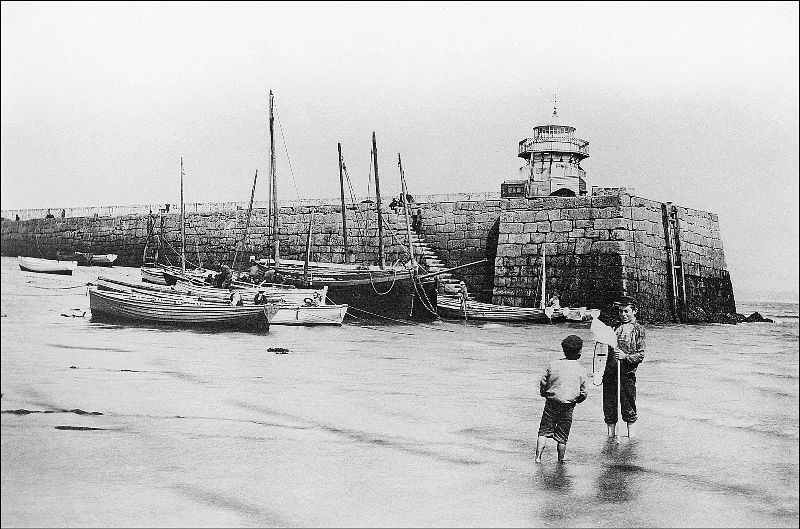
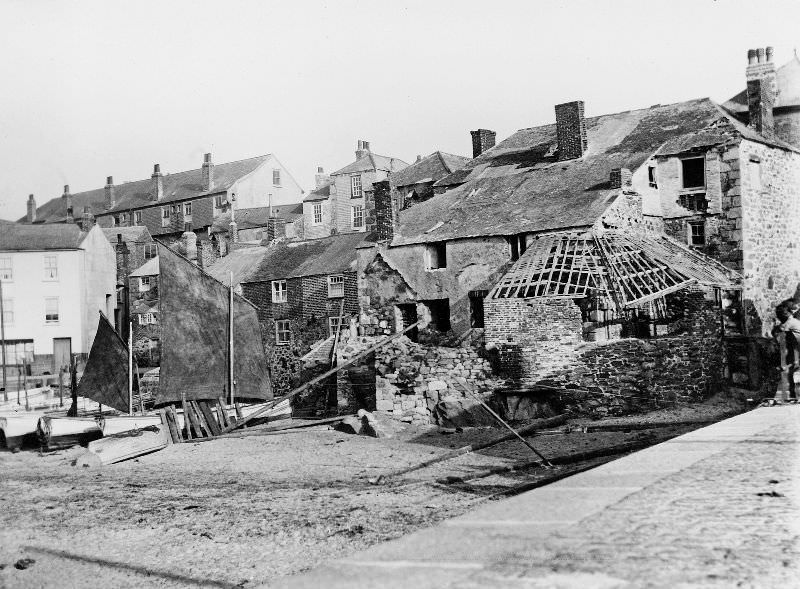
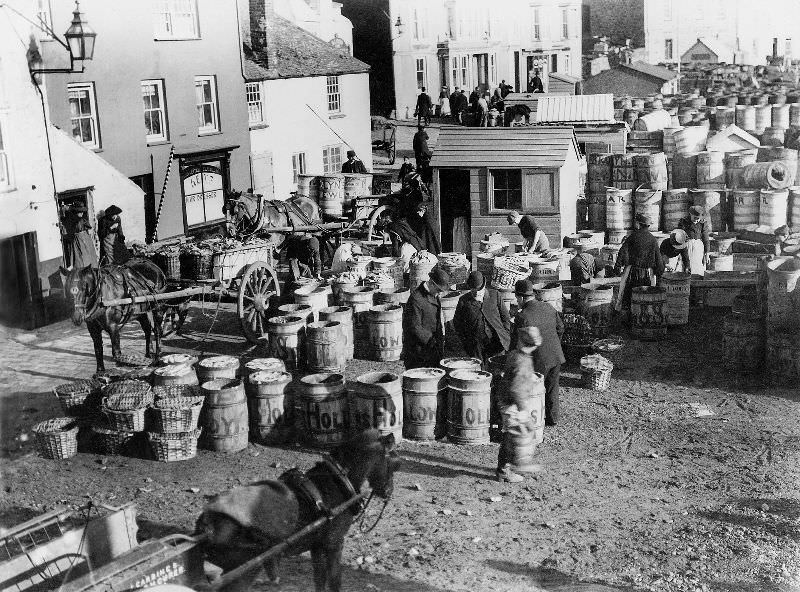
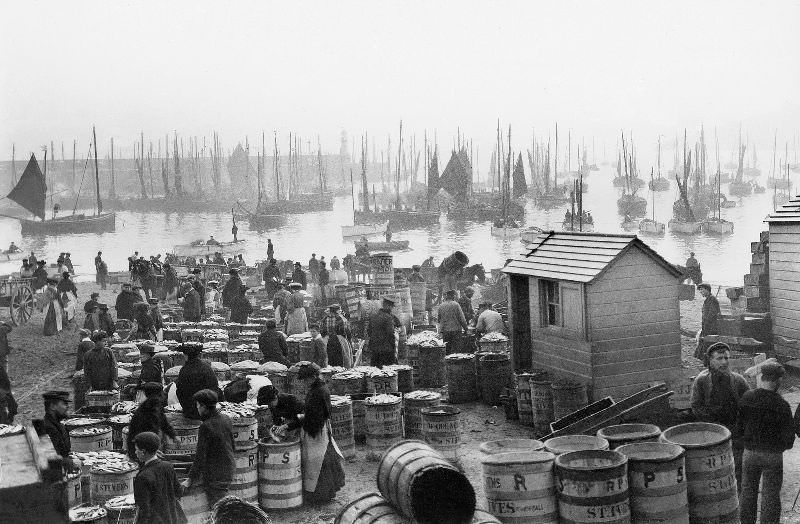
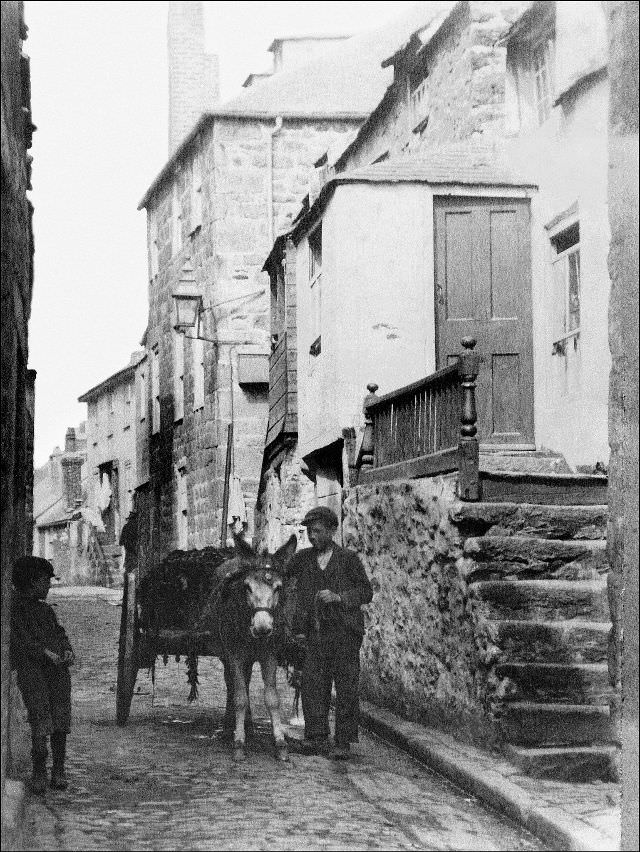
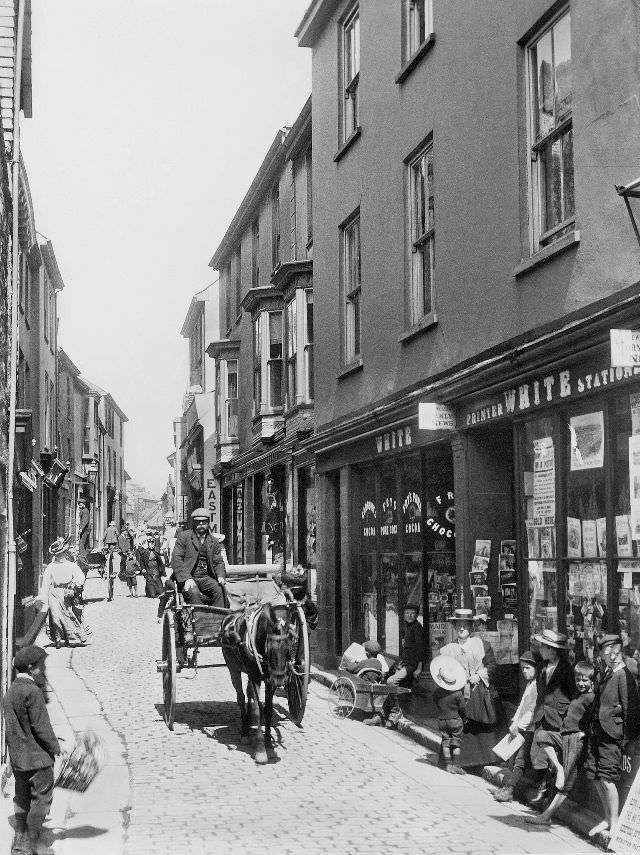
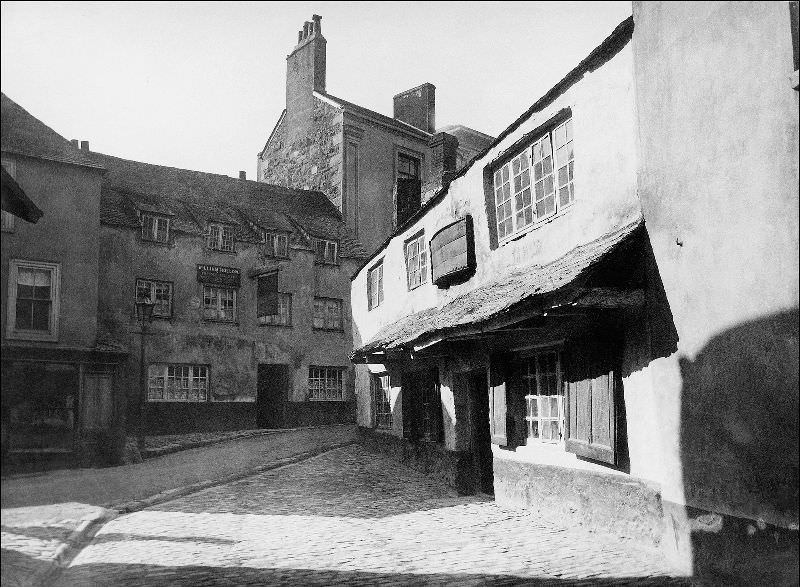
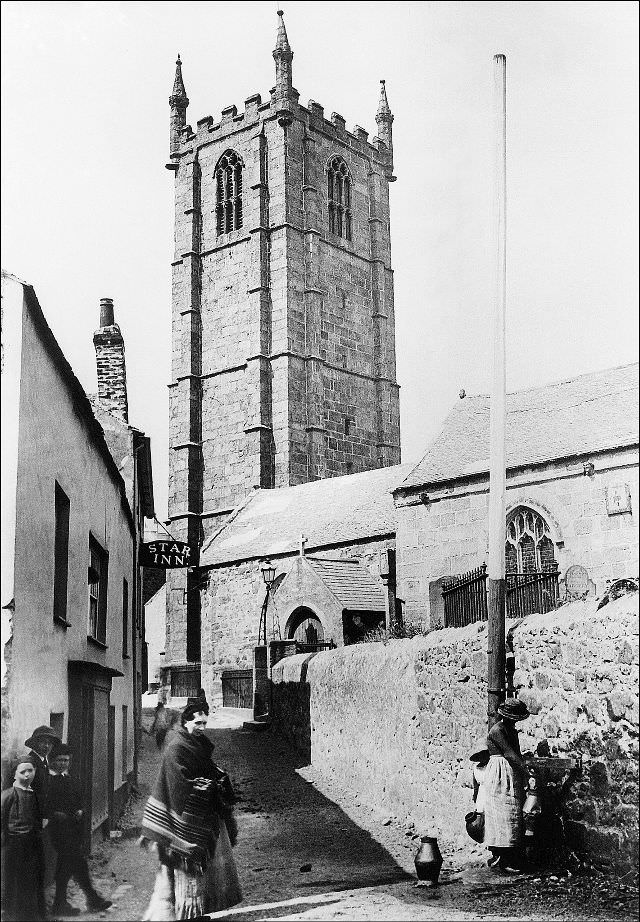
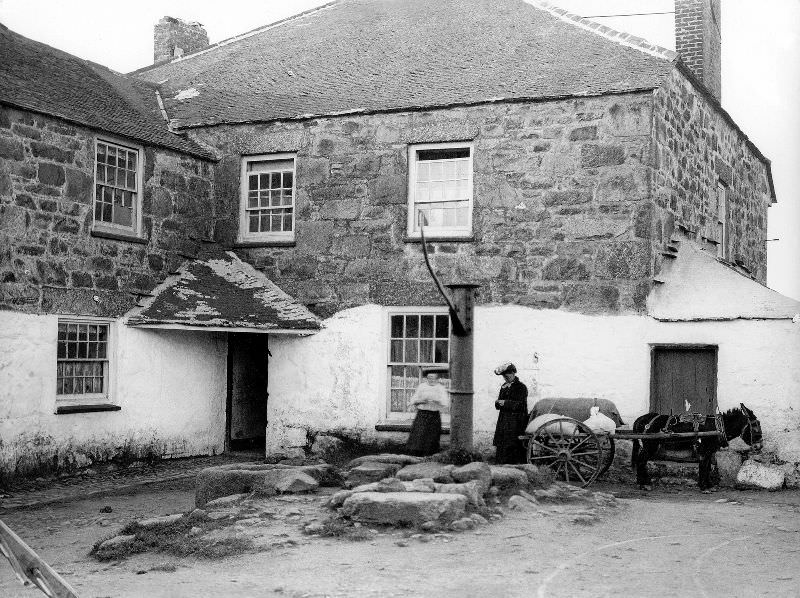

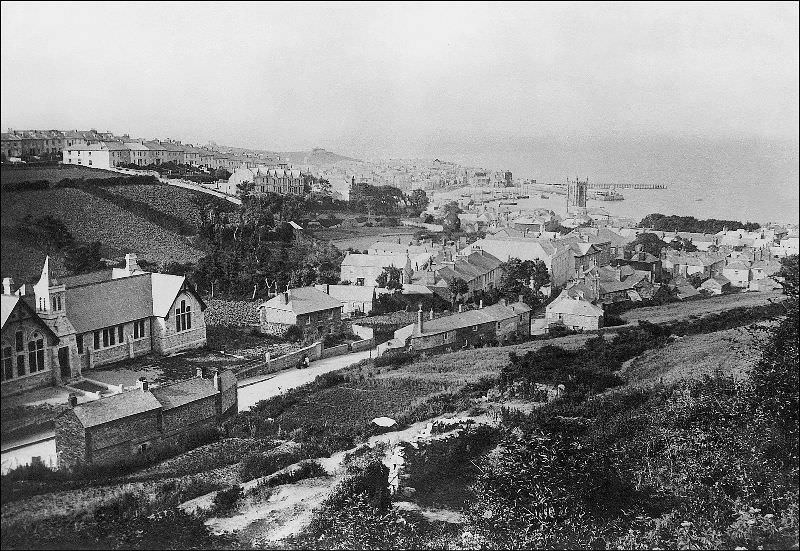
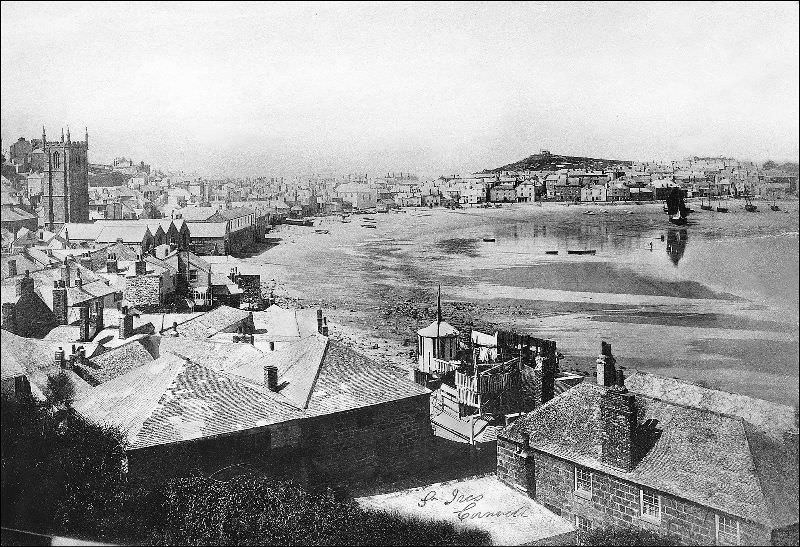
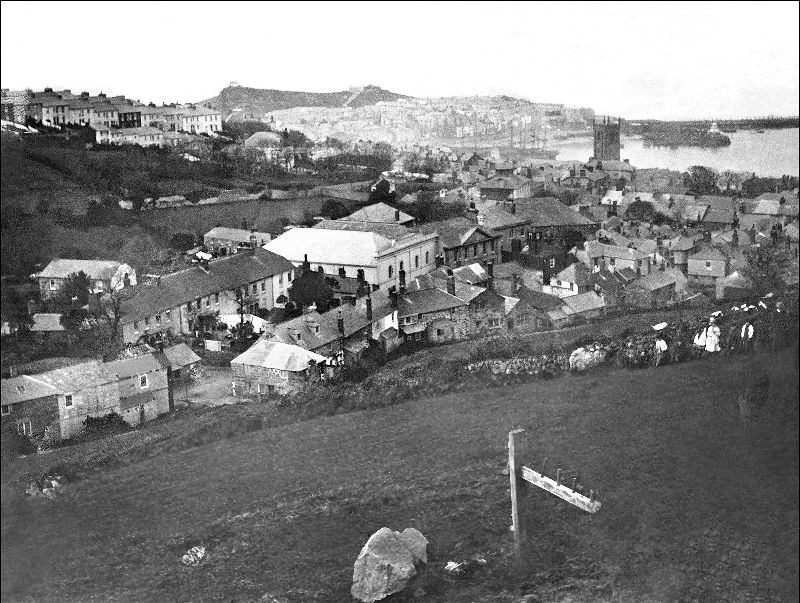
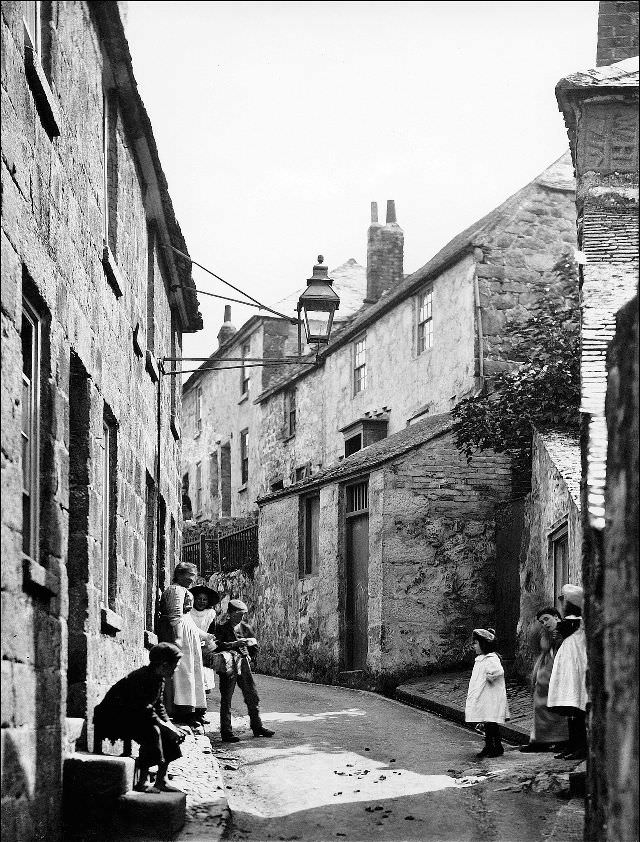
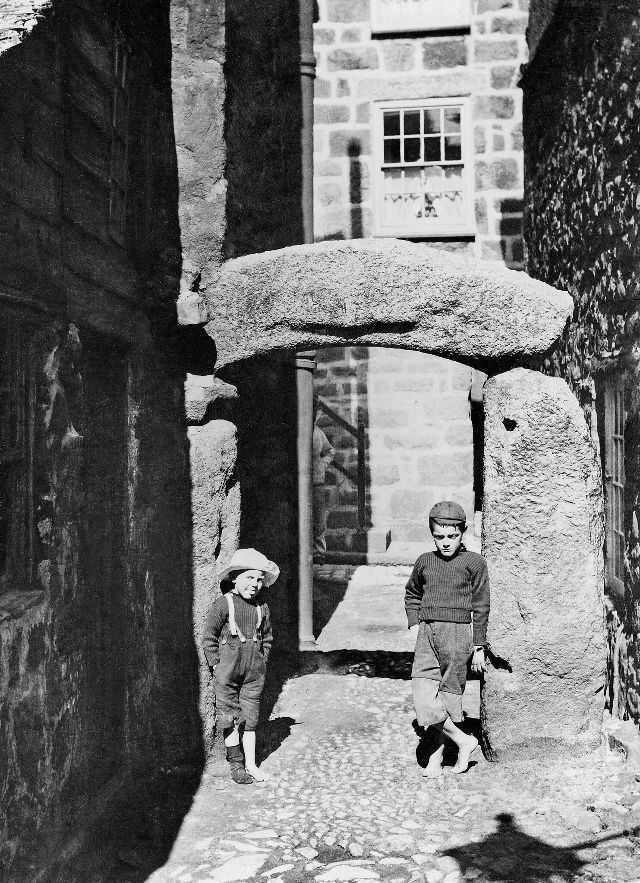
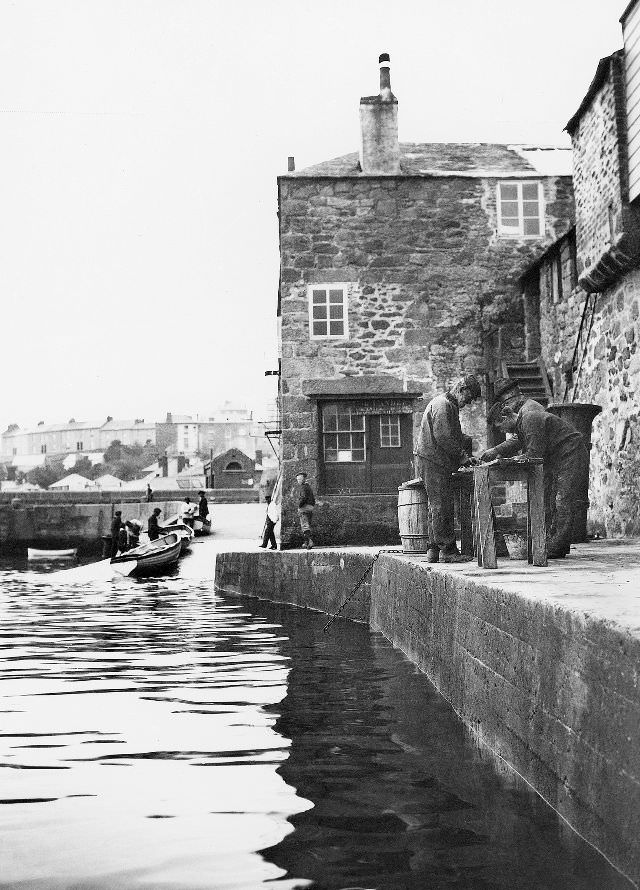
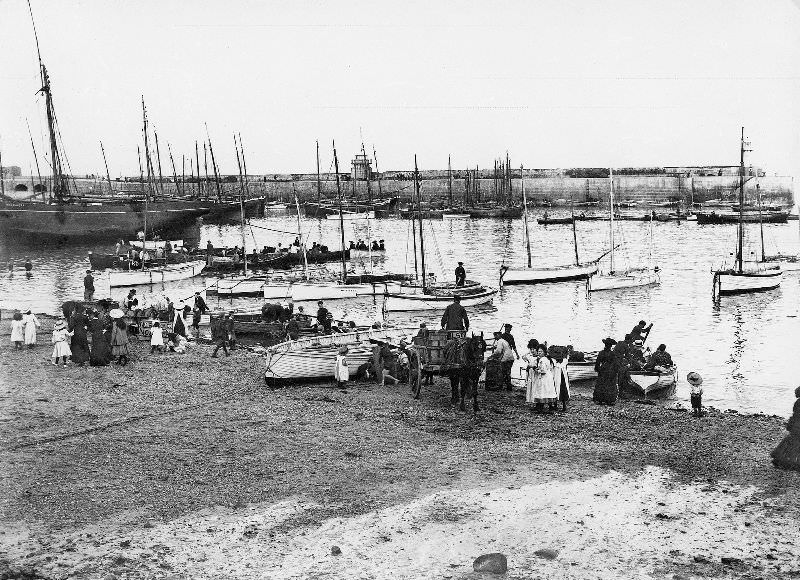
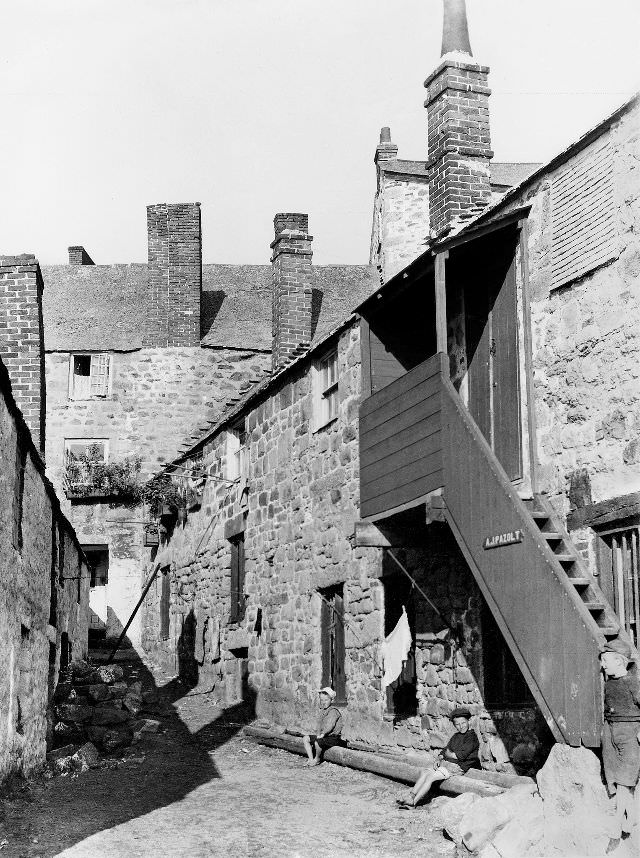
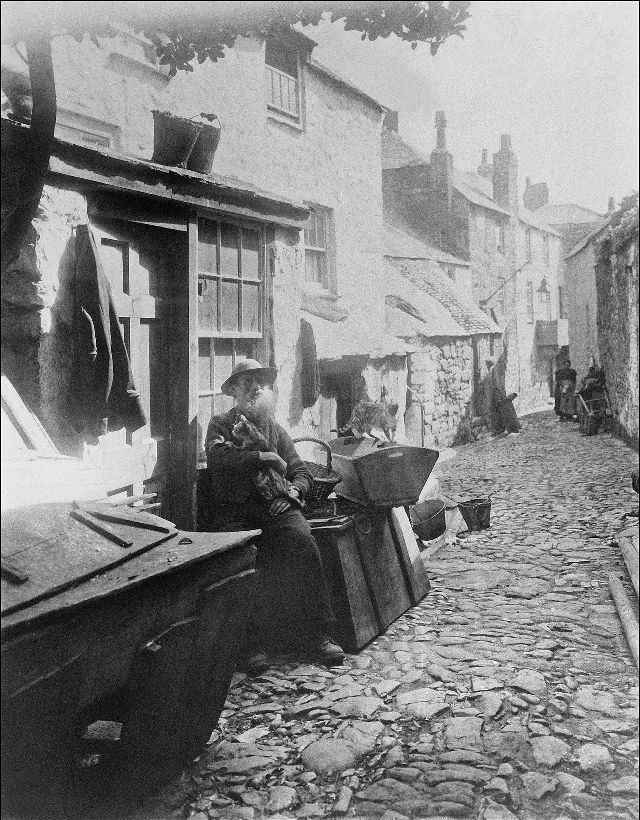
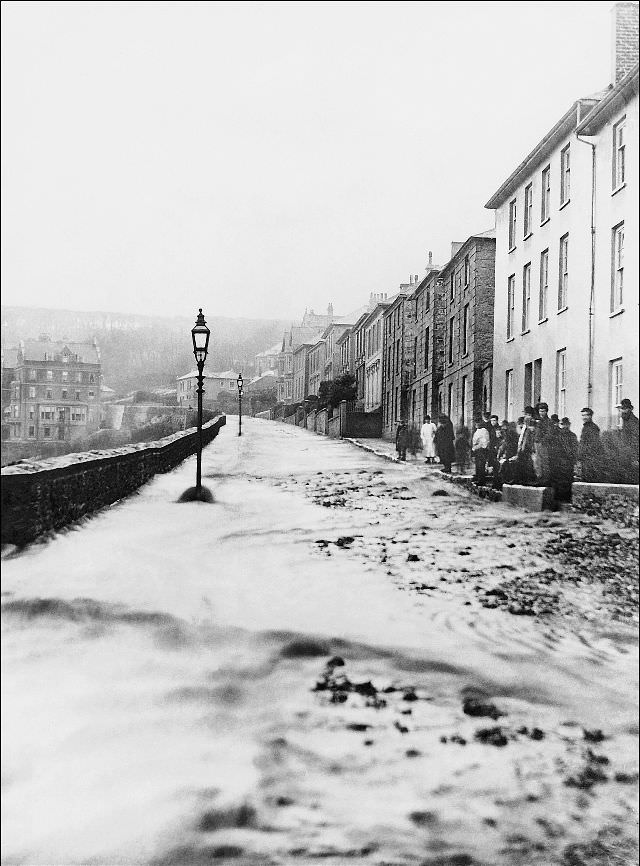
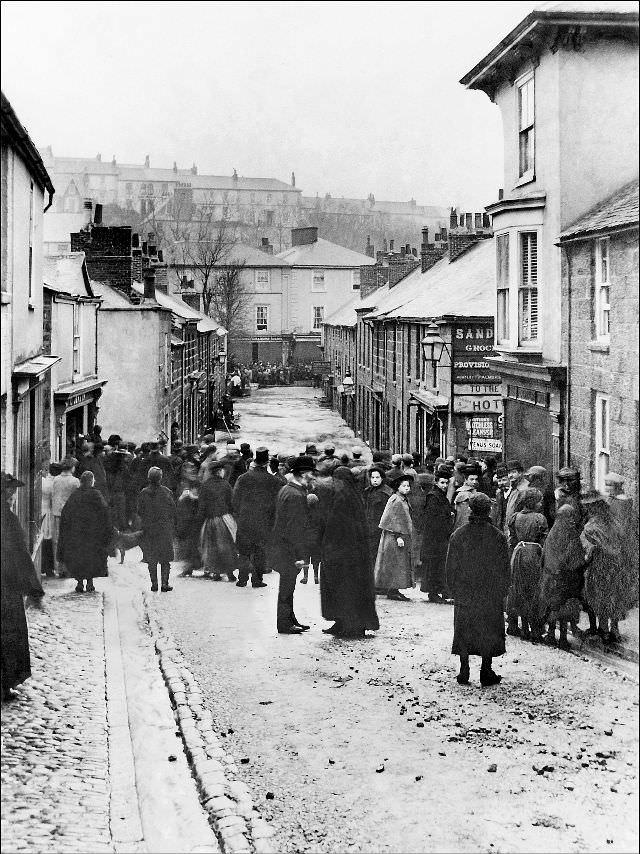
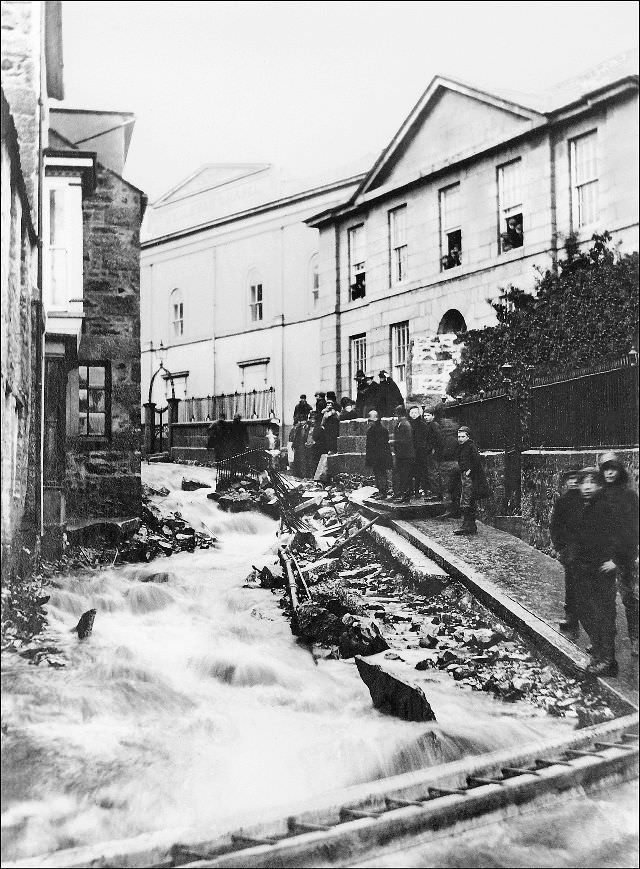
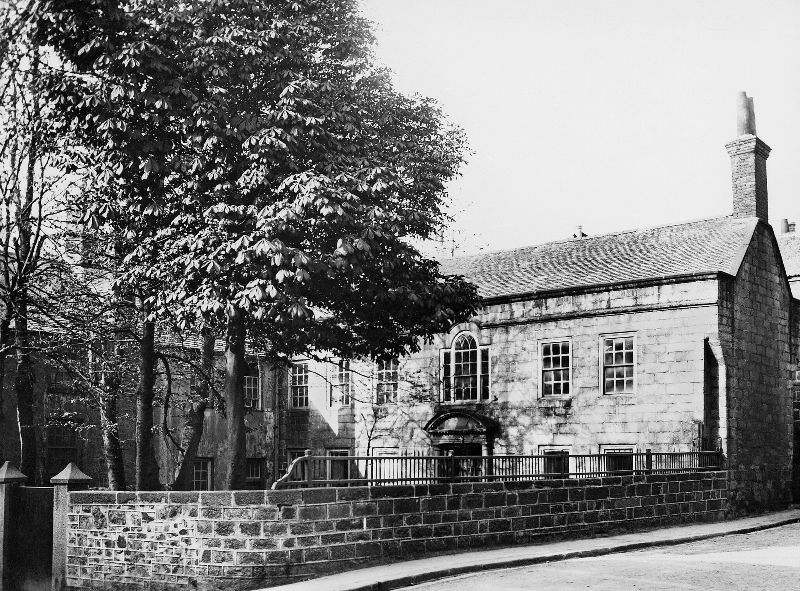
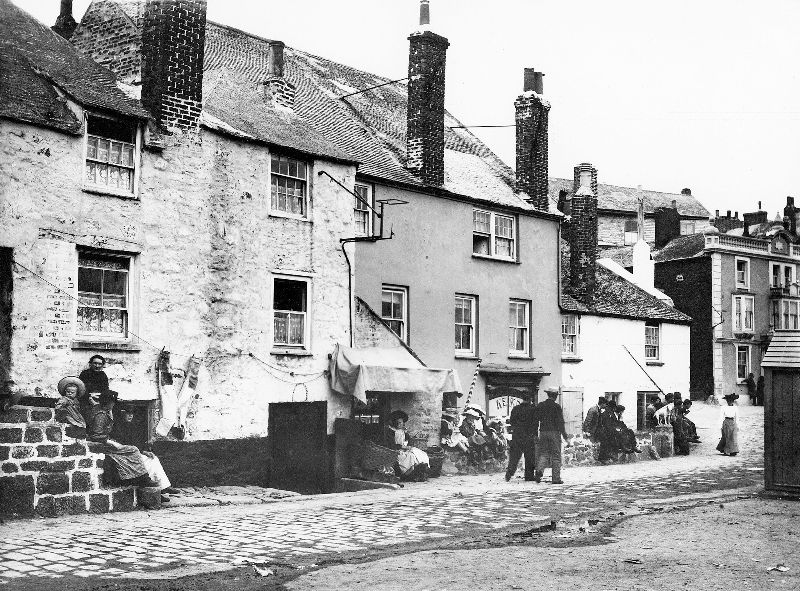
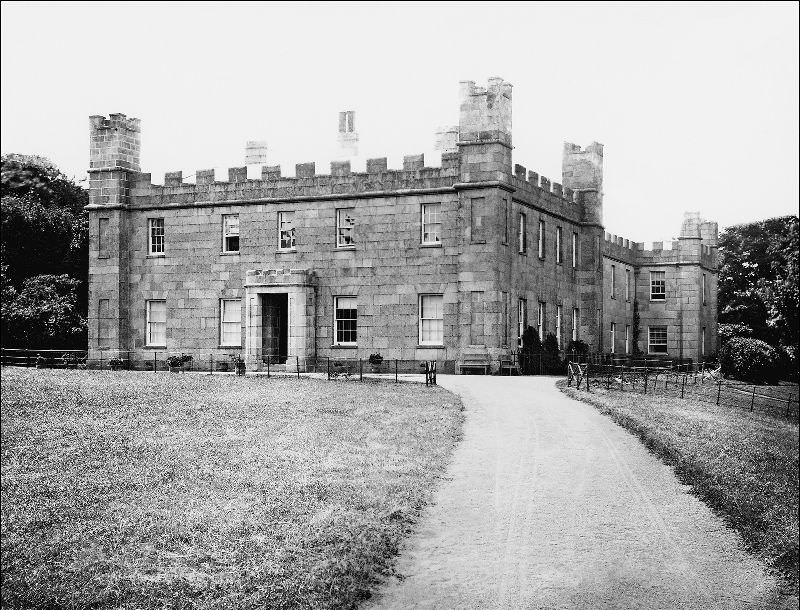
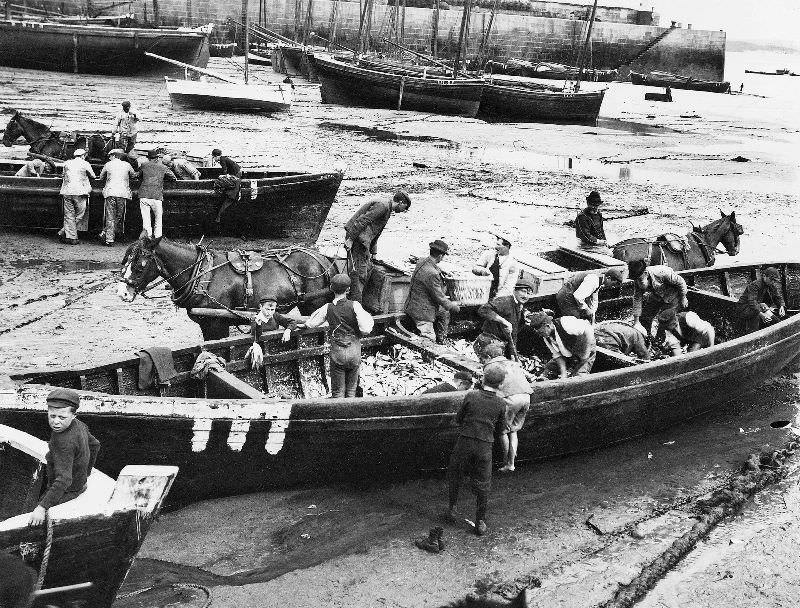
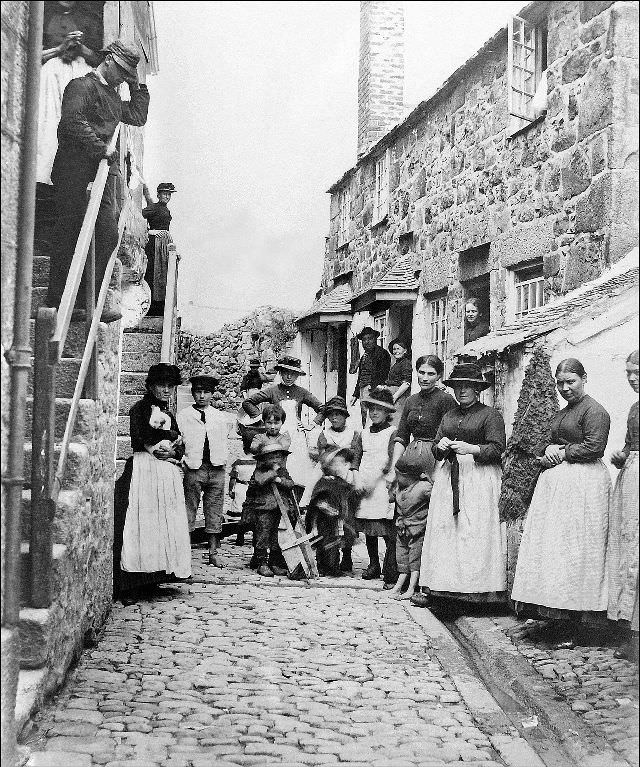

Less cars, more hats
Ahh, it’s not the same without the holiday cottage signs, keyboxes & Ranger Rovers. It’s missing a certain something.